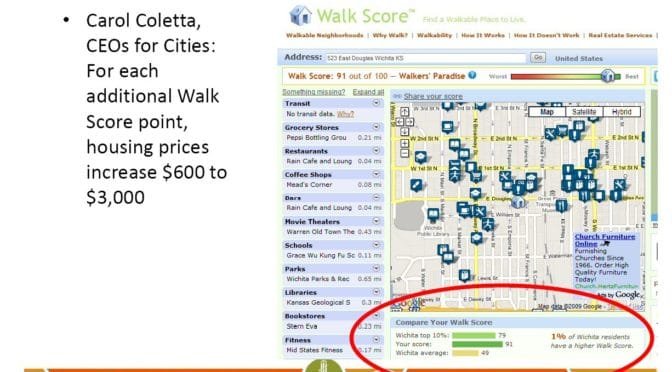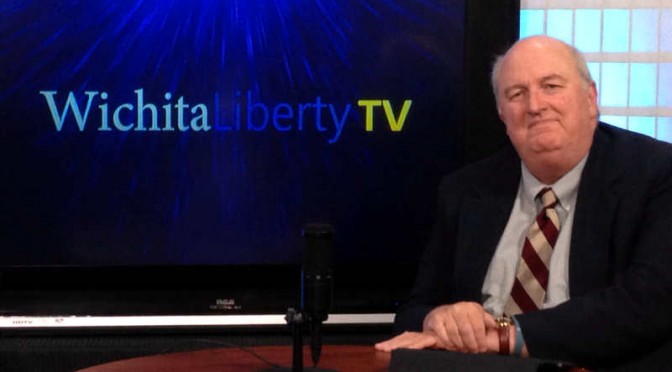Tag: Wichita Metropolitan Area Planning Commission

As Wichita considers new ventures, a look back at some data
The City of Wichita will soon be flooded with data regarding downtown convention and performing arts facilities. Past experience should warn us to be skeptical.

WichitaLiberty.TV: Unknown stories of economic development, Uber, Fact-checking Yes Wichita
In this episode of WichitaLiberty.TV: Wichita economic development, one more untold story. The arrival of Uber is a pivotal moment for Wichita. Fact-checking Yes Wichita on paved streets.
In Wichita, citizens want more transparency in city government
In a videographed meeting that is part of a comprehensive planning process, Wichitans openly question the process, repeatedly asking for an end to cronyism and secrecy at city hall.
At Wichita planning commission, downtown plan approved
The Wichita Metropolitan Area Planning Commission approves the plan for downtown Wichita, despite learning of unreliable data used in the plan.
Kansas and Wichita quick takes: Monday November 15, 2010
Today: Wichita city council, Wichita Pachyderm Club, Politics, Downtown Wichita revitalization, Wichita Metropolitan Area Planning Commission, Taxation, Education, United States Congress, Term limits.
Wichita MAPC meeting mix of policy, politically correct
At yesterday’s meeting of the Wichita Metropolitan Area Planning Commission, a mix of politics and policy resulted in protection of a Wichita non-profit’s market, but at the loss of convenience to Wichitans. The issue is about 65 red clothing recycling bins operated by American Recyclers of Tulsa. These bins are in violation of Wichita city…

